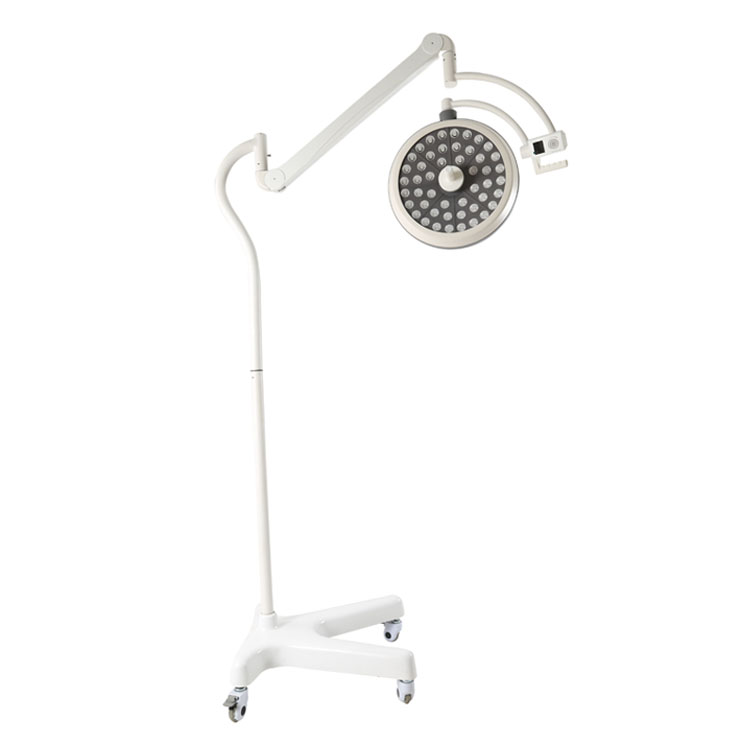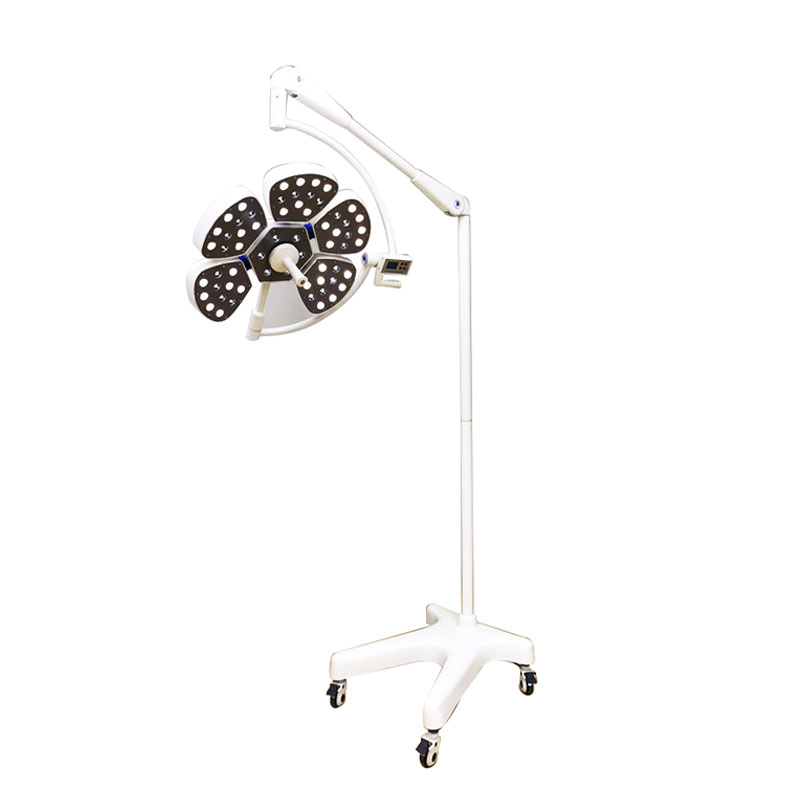Breeding female donkeys refers to the female donkeys that can normally breed offspring. They generally have the dual task of enlistment and reproduction. The sign of raising well-breeding female donkeys is: Medium sensation, empty female donkeys can be estrus on time, regular estrus is normal, and breeding is easy to suffer from fetuses; the fetus develops normally after pregnancy and does not suffer from miscarriage; postpartum lactation is strong.
Only by strengthening the nourishment of female donkeys, reducing the intensity of military service, and maintaining moderate lyrical conditions can the estrus be normal, and breeding can be easily affected. In the first month after the female donkey was conceived, the embryo was still in the uterus, and the embryo was in a state of dissatisfaction. It was easy to die and was absorbed, so it was better to stop the service. After one month of pregnancy, you can continue serving as usual. In the first 6 months after pregnancy, the actual fetal weight gain is very slow; after 7 months, the fetal weight gain is significantly accelerated and 80% of the fetal weight is completed within the last 3 months. Therefore, the female donkey should be relieved of military service after 6 months of pregnancy, strengthen nutrition, increase the amount of protein feed, and select high quality roughage to ensure the development of the fetus and the need to increase the weight of the female donkey. If there are grazing conditions, grazing and feeding as much as possible can not only enhance the exercise but also ingest various nutrients needed. In late pregnancy, due to the lack of green feed, poor forage quality, if the concentrate is too small, the variety is simple, plus no exercise, no exercise, often lead to liver dysfunction, the formation of high blood fat and fatty liver, resulting in toxic metabolites can not be excreted , resulting in a systemic poisoning, commonly known as pregnancy poisoning. The performance is not eaten before the birth and the mortality rate is quite high. In order to prevent the occurrence of this disease, from the second half of pregnancy, it is necessary to quickly prepare a large amount of protein, minerals and vitamins needed for the development of the fetus, properly deploy the diet, diversify the species, add green and juicy feed, reduce corn and other energy feed, feed Give digestible, laxative, soft texture feed. The total amount of hay should be reduced by 1/3 a few days before delivery, drink plenty of warm water, and take care of it every day.
During the entire pregnancy of the female donkey, management must pay attention to the work of preventing fetuses and preventing abortions. The early abortion of the female donkey usually occurred in the season of heavy work and heavy farming. In the late period, it was caused by cold winter and spring, frosted grass, drinking ice water, mechanical damage, cold whip, head and donkey eating moldy feed. One month before delivery, we must pay more attention to protection and observation. Small female donkeys with small pelvic cavities are more prone to dystocia in the case of pregnant women, so you need to find a veterinarian to help with midwifery. When a prenatal sign is found, it is best to send to a nearby veterinary hospital for labor.
After the mother donkey gave birth, she did not notice mucus on her newborn baby. After the confinement worker has broken the umbilical cord and disinfected the umbilicus, he should dry the mucus and wait for the donkey to stand and assist it in eating colostrum. In order to prevent possible haemolytic disease, in the absence of veterinarians, it is best to pause the consumption of colostrum and squeeze out the colostrum. After a few days, when the breasts secrete normal milk, let them eat. milk. During the period of ban on colostrum, the baby can be given sugar water and milk powder.
Asses are weak after delivery, thirst, abdominal hunger, and increased appetite. At this time, if they eat too much, they can easily cause indigestion; if they are stimulated by cold wind, they are prone to onset. After giving birth, you should first drink some warm bran or millet soup to the female donkey, both to quench your thirst and promote milking. For the female donkey within 1 week to 2 weeks postpartum, the amount of grass and feed should be controlled and then gradually increased and returned to normal within 10 days. The sheds should be dry and warm and sunny, with 3 days to 5 days after childbirth. If the weather is good, the donkeys and scorpions can be placed outside the sheltered areas for free activities. Start a few hours a day, and gradually increase the time outside the home. Within one month after delivery, the service will be suspended.


Germany imported beads
Imported French lens
mould Die-casting Eight edge type Revolving arm
Optional emergency power supply≥3 hours
The main features:
1)Ideal cold light effects
Using the new LED cold light source, ensure energy saving and environmental protection and long service life up to 80,000hours and more.
The temperature increase of surgeon`s head below 1℃. LED do not engender infrared ray and ultraviolet radiation, without the temperature
rise and tissue damage caused by halogen shadowless light, also it can accelerate the wound healing after surgery, and without Radiation pollution.
With color temperature constant and soft, LED is very close to the sunshine.
1) Excellent shadowless effect
Lamp with the most scientific radian and Multi point light source design, ensure better uniform illuminance. When the lamps are partially occluded,
also can achieve perfect shadowless effect.Lamp panel radius of gyration ≥182cm, the lamp can be pulled to vertical floor, convenient to any angle illumination.
2) Excellent deep lighting
It is based on modularize method by Computer Aided Design, focused to irradiating with more beams of LED. It produces the deep lighting which beams
more than 1200cm,the illumination of center up to 180,000Lux or more, and offer the color temperature that can be adjusted from 3700K to 5000K which
is close to sunshine. Absolutely, it really reflects the color of human tissue and satisfied by all kinds of operating light needs.
3) Advanced control system
The use of liquid crystal display button control, to meet the needs of the medical staff of different patients with the brightness of the operation.
It offers illuminance memory function.
It does not effect using when a single circuit or one bulb is broken.
4) Universal suspension system
Rotating arm, a new type of alloy material is made of eight edge type.
Balanced system using imported arm module, more than 5 group universal joints, every cantilever must has more than 3 joints which can be rotated in 360°,
The structure is light, easy to manipulate, accurate positioning, can provide the maximum range of regulation.The equipped with fatigue correcting unit and
fix position hand handle device, easy to fix position after long time use.
5) Modern laminar lamp
The thickest part of lamp-chimney is not more than 10cm.
The lamp-chimney is made of ABS, The handle on the central of lamp can be detachable, can take high temperature (≤ 134°C) sterilization treatment,
easily adjust, flexible fixed.
Mobile Type Operating Light,LED Examination Light,Mobile Operation LED Light,Mobile Stand Operating Light
Shandong Kang'erjian Medical Technology Ltd. , https://www.operatingtable.nl